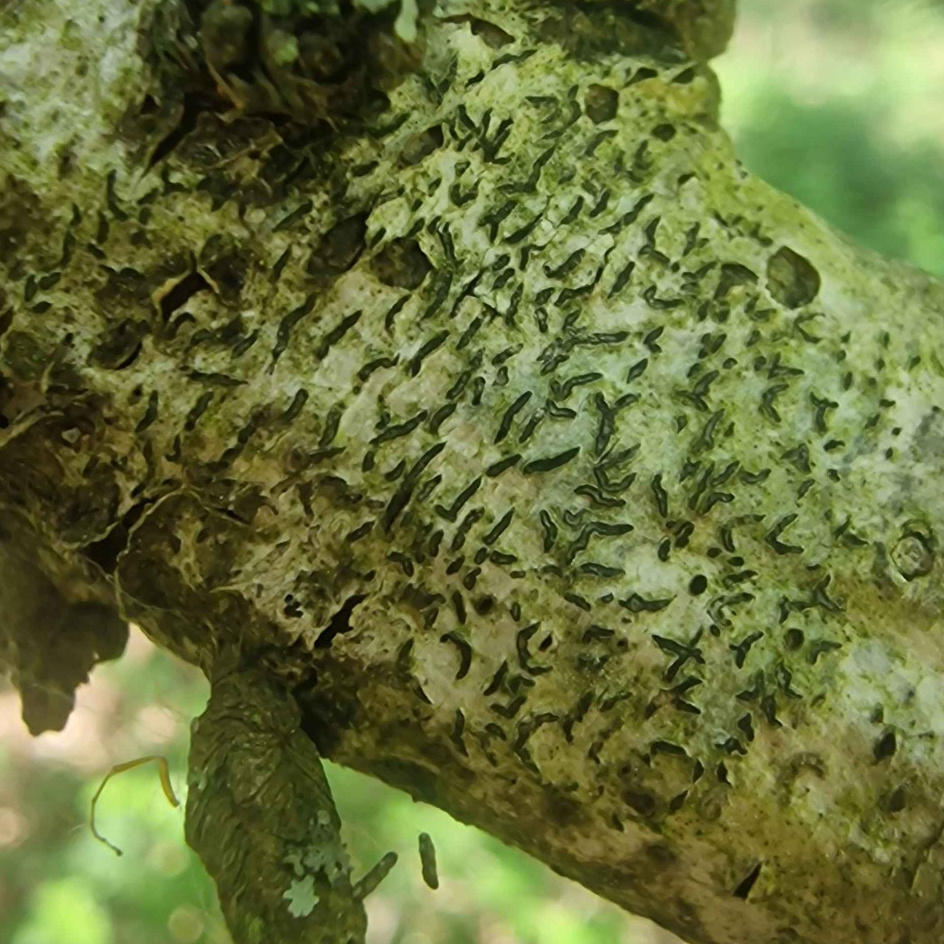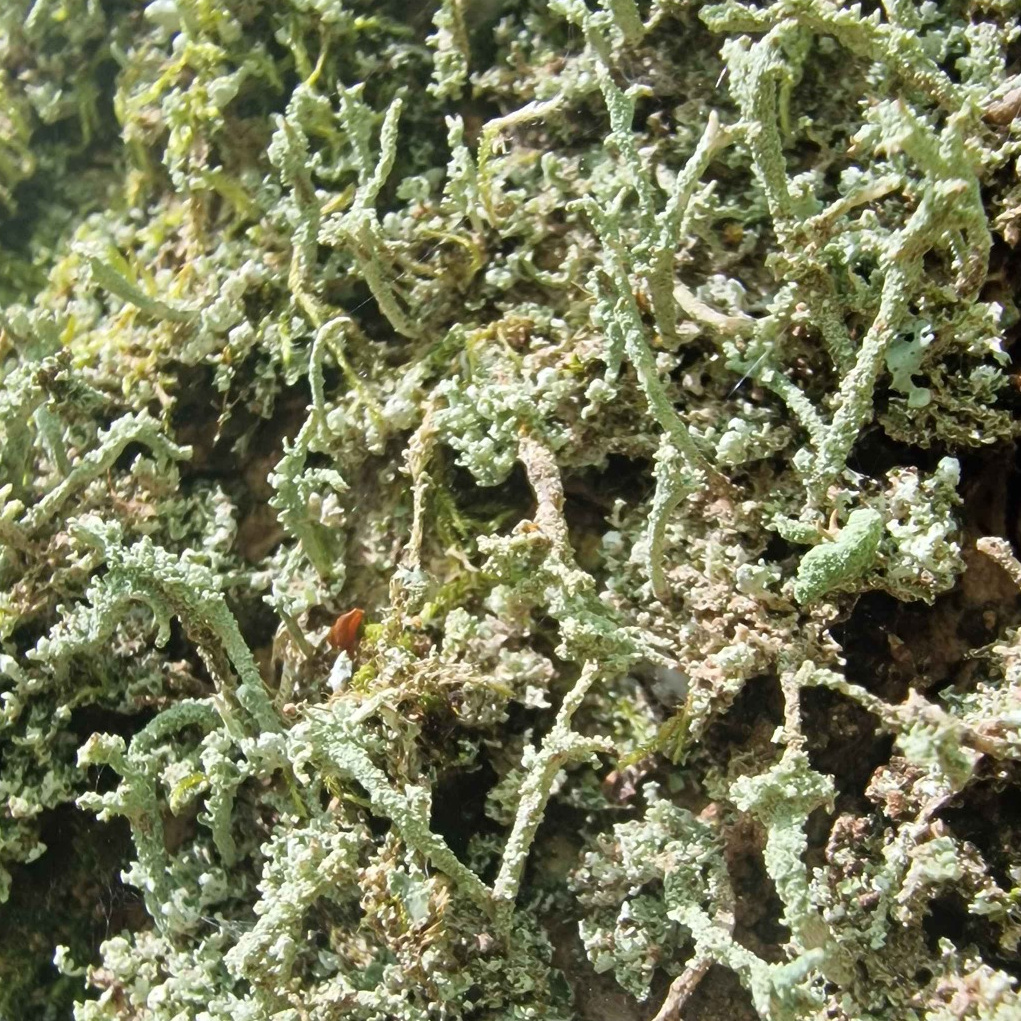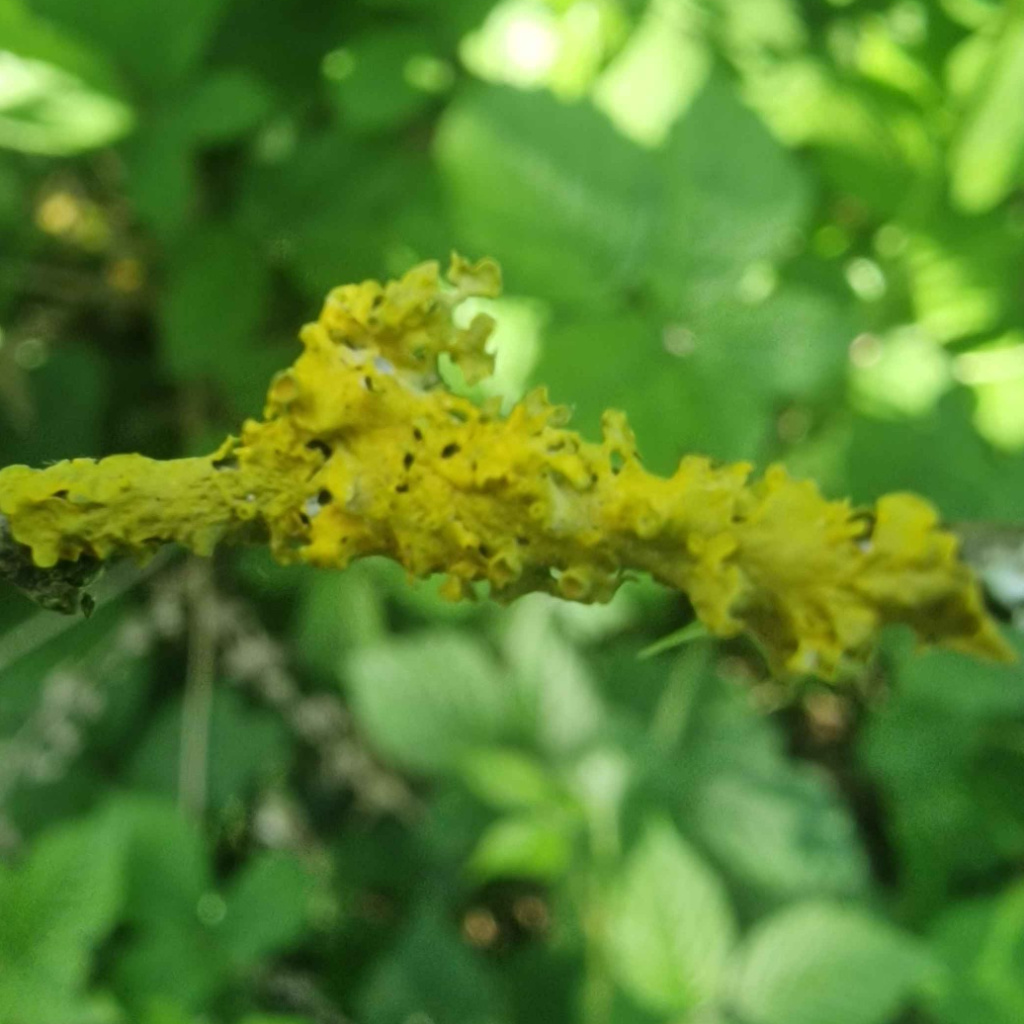This was a very brief visit to Eridge Rocks and represents a very small sample of a much more diverse and abundant lichen flora at Eridge Rocks
I have included English names in this post; these names are rarely used as they are not vernacular names that have grown up through popular usage but names that have been made up in an attempt to popularize lichen
Farinose Cartilage Lichen Ramalina farinacea

Bitter Wart Lichen Lepra amara

Pertusaria pertusa Pepper-Pot lichen

A species of the Graphidaceae family, possibly Graphis scripta, common script lichen

Pore Lichen Lepra albescens

Finger Cup Lichen Cladonia digitata

Bark Barnacles Thelotrema lepadinum - ancient woodland indicator species

Inoderma subabietinum - ancient woodland indicator species

Bunodophoron melanocarpum - this is a species of Atlantic woodland (temperate rain forest) and is more commonly seen in Snowdonia and NW Scotland. It is seen at Eridge Rocks because the Ardingly sandstone of the ghyll woodland of Eridge Rocks is extremely damp because of springs, resulting in a degree of humidity commensurate with its survival even though Sussex does not have the degree of rainfall that Snowdonia and NW Scotland have





































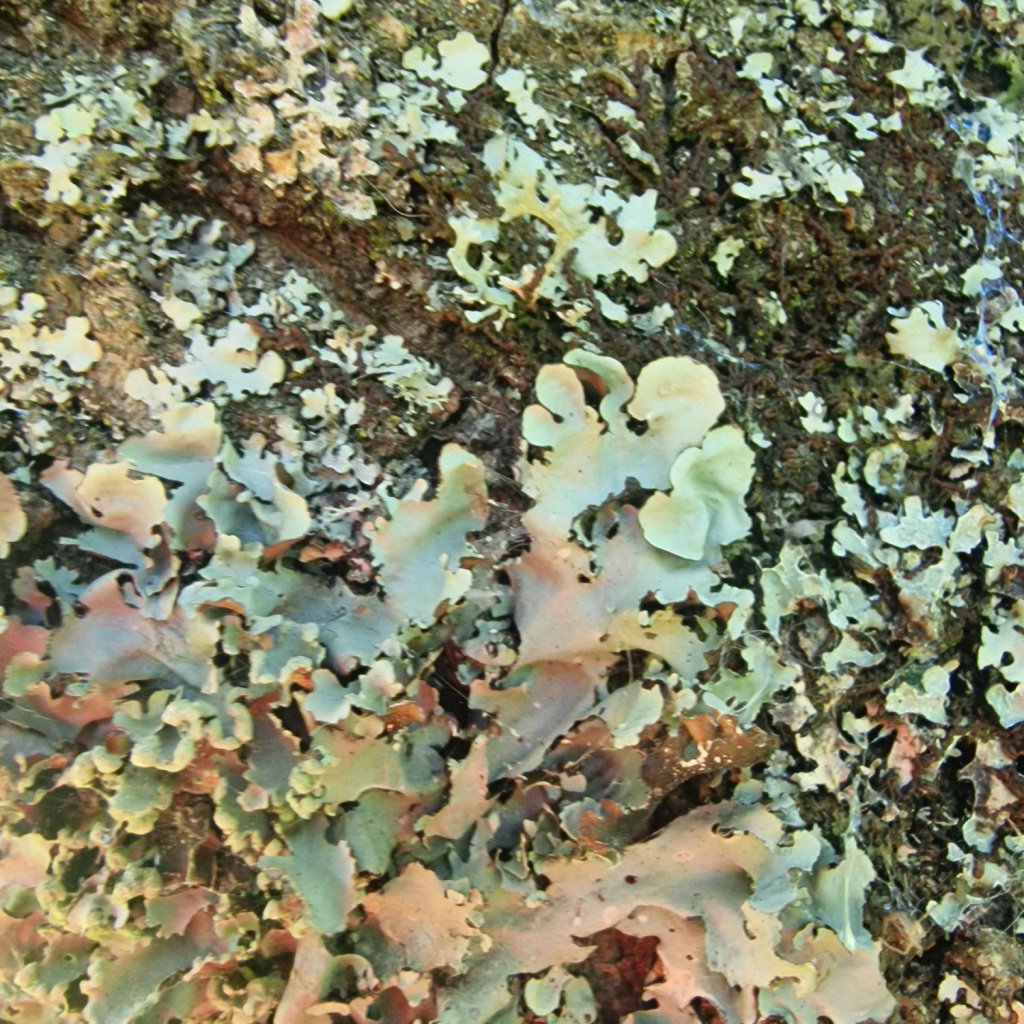
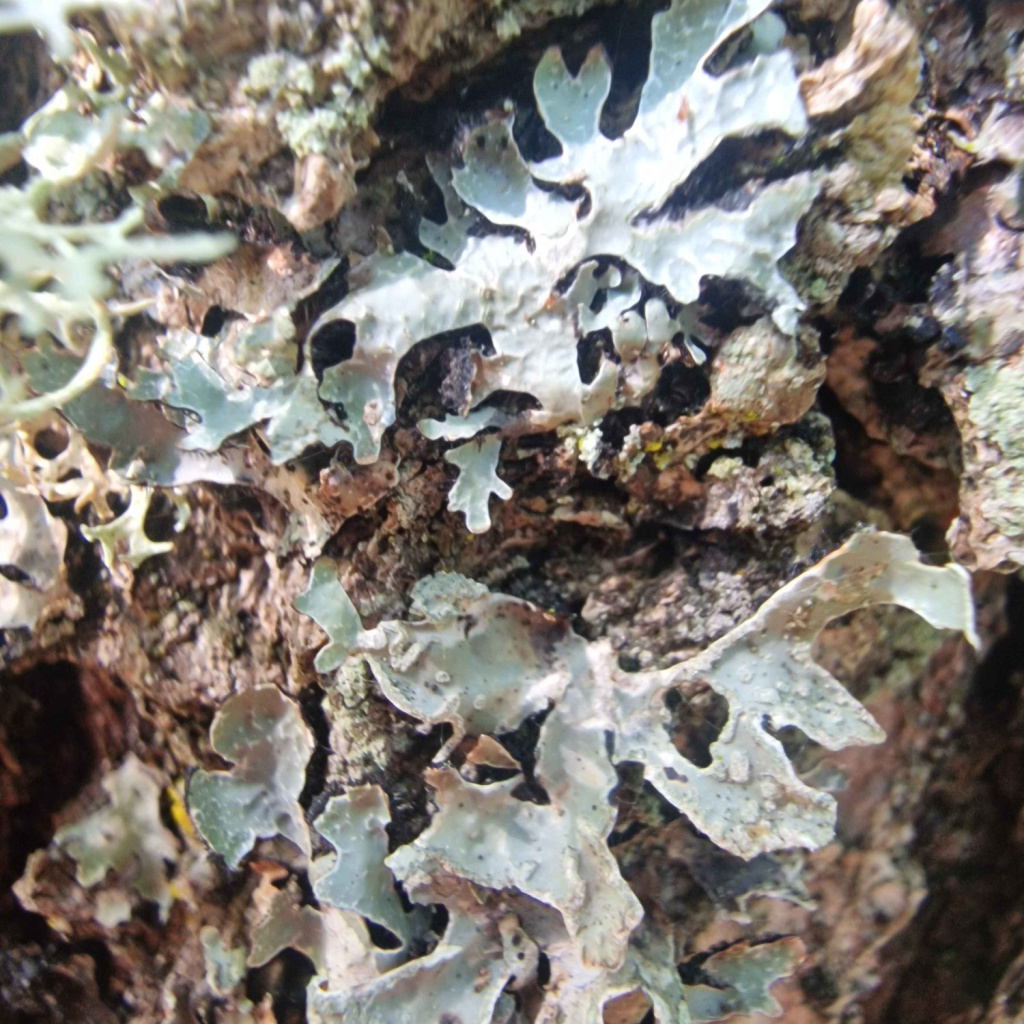

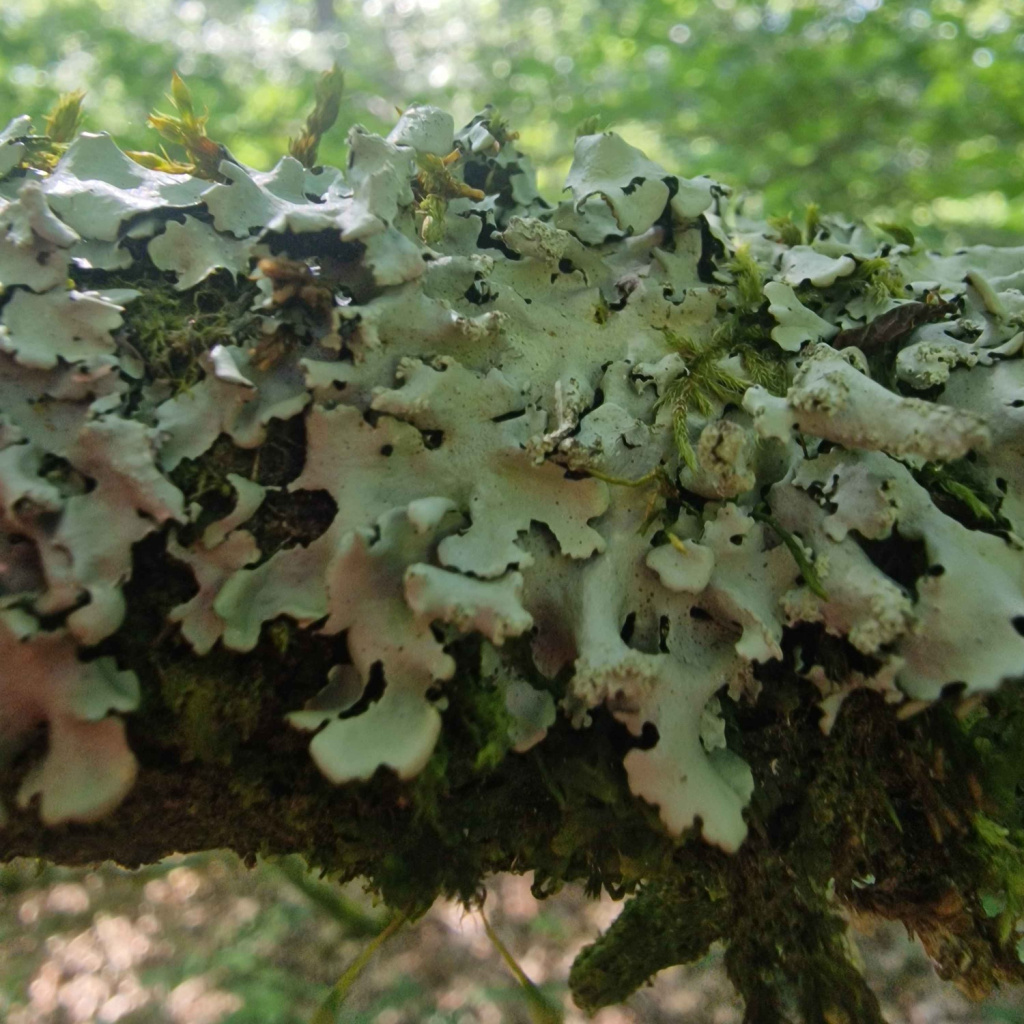
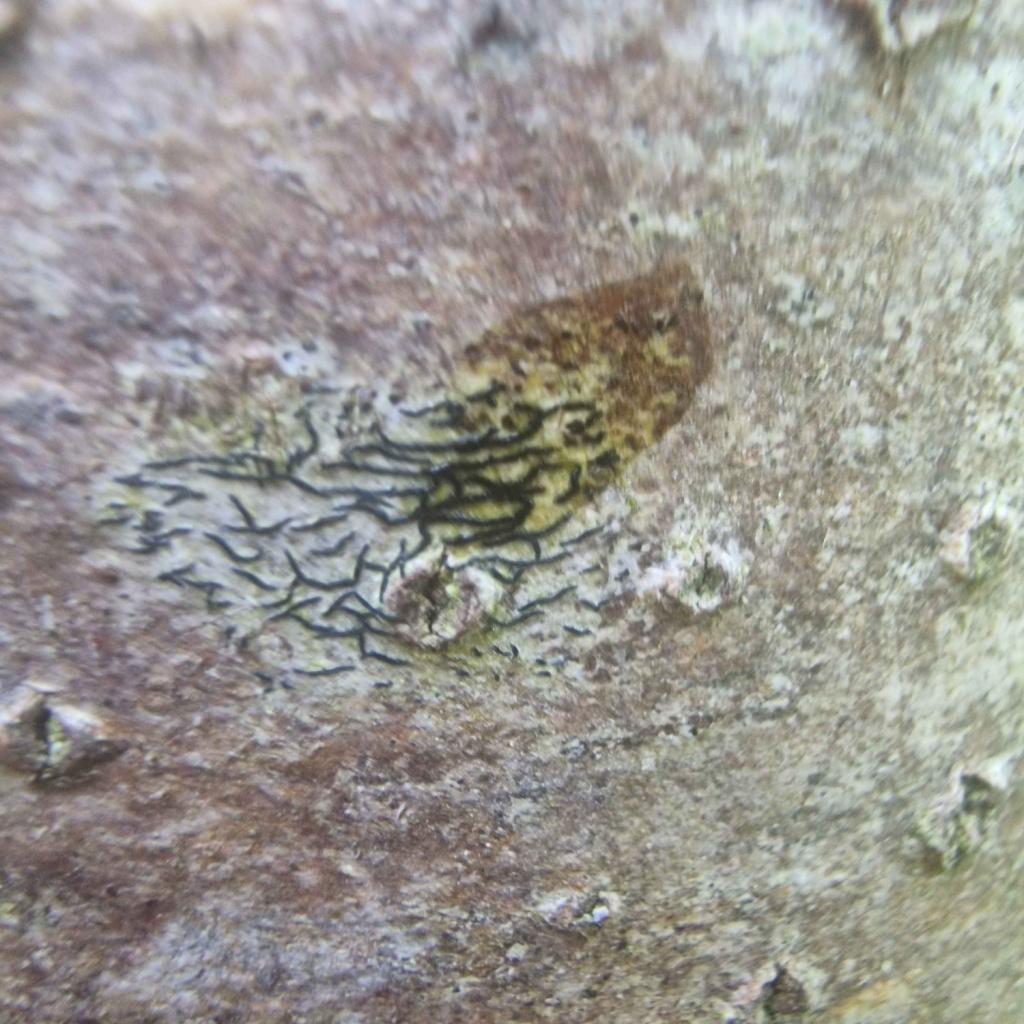 #
#